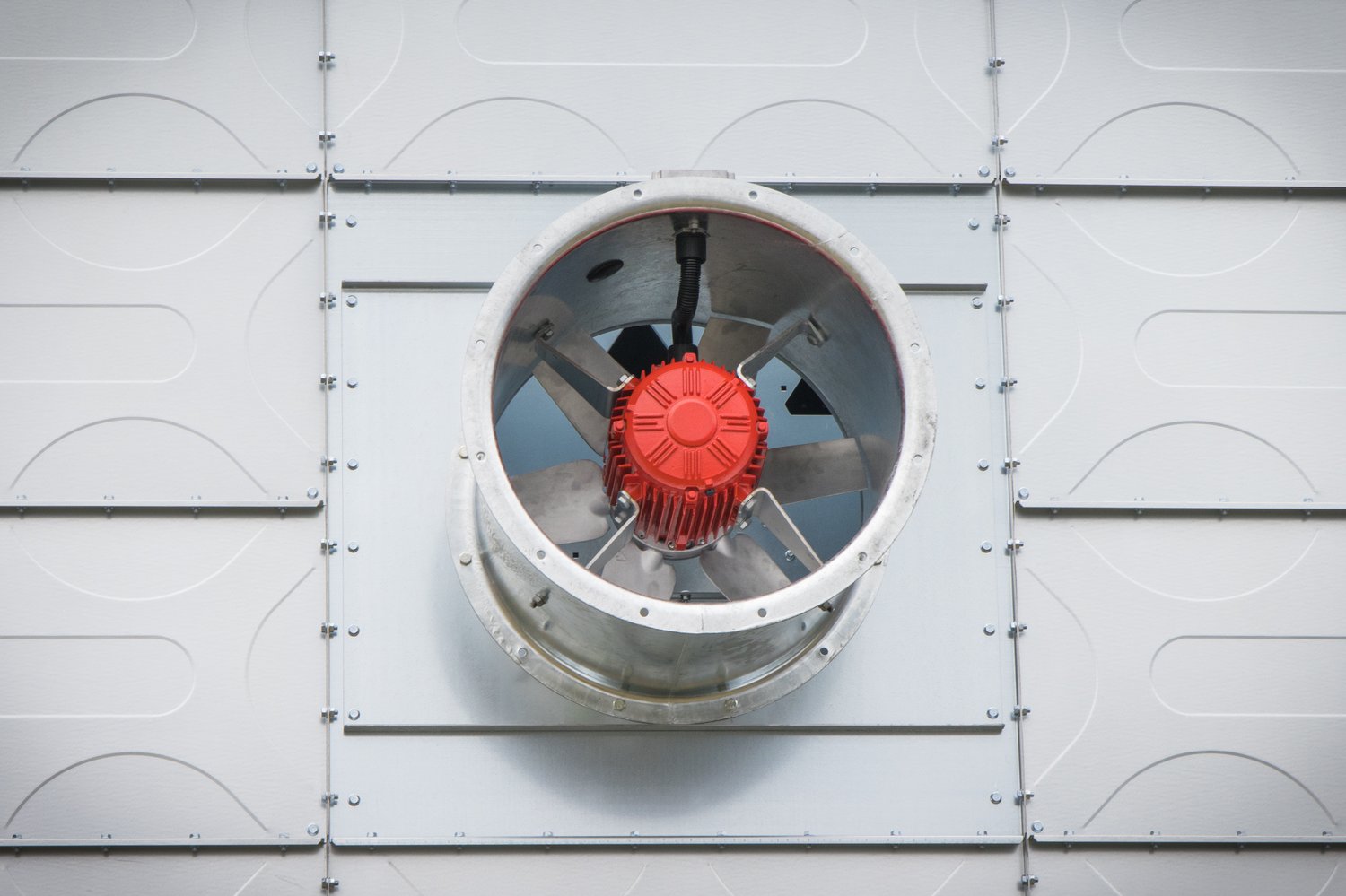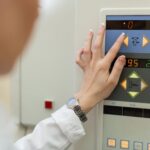Electric attic fans are vital components in optimizing the energy efficiency and comfort of your home, yet they often face challenges that can undermine their performance. Are thermostat glitches or ventilation control issues causing your attic fan to underperform? Understanding these problems is essential for both DIY enthusiasts and professional electricians aiming to ensure that attic fans run smoothly and effectively.
- Explore common thermostat malfunctions, impacting temperature regulation and overall fan efficiency.
- Learn diagnostic techniques to address unresponsive systems and inaccurate temperature readings.
- Discover solutions for ventilation control problems that affect airflow and fan settings.
By delving into the common issues and their solutions, this article equips homeowners and professionals alike with the knowledge to troubleshoot and resolve electric attic fan problems, enhancing home efficiency and comfort.
Understanding Electric Attic Fan Problems: Thermostat and Ventilation Control Issues
Electric attic fans are essential components for maintaining energy-efficient homes. They help regulate attic temperatures and enhance ventilation. However, homeowners often encounter problems with these systems, particularly when it comes to thermostat malfunctions and ventilation control issues.
Thermostat functionality is critical for attic fans, as it dictates when the fan should activate based on temperature readings. A malfunctioning thermostat can lead to the fan operating inefficiently, either failing to activate when necessary or running unnecessarily. This not only leads to increased energy consumption but can also result in inadequate cooling of the attic space.
Furthermore, ventilation control problems, such as inadequate airflow, can impact the overall efficiency of an attic fan system. Issues like these can prevent the proper expulsion of hot air from the attic, leading to higher indoor temperatures and increased reliance on air conditioning systems. Understanding these common electric attic fan problems is crucial for optimizing system performance and ensuring home comfort.
Diagnosing Thermostat Malfunctions in Electric Attic Fans
Identifying thermostat malfunctions in electric attic fans is the first step towards resolving these issues and restoring optimal system functionality. Common problems include inaccurate temperature readings and unresponsive thermostat systems.
Thermostats may provide incorrect temperature readings due to sensor issues or calibration errors. These inaccuracies can cause the fan to start at inappropriate times, reducing energy efficiency. An unresponsive thermostat, on the other hand, often stems from faulty wiring or component failure, preventing the fan from operating at all.
To diagnose these disturbances, start by checking the thermostat settings and ensuring they match the desired temperature ranges. Calibration might be necessary if discrepancies are observed. Additionally, inspect the electrical connections for any signs of damage or disconnection. Ensuring these connections are intact can often resolve the issue. If these steps do not resolve the problem, it may be time to consult a professional electrician for a more thorough inspection and repair.
Solving Ventilation Control Issues in Electric Attic Fans
Electric attic fans are vital for maintaining optimal ventilation in your home, ensuring that excess heat and moisture do not compromise your living conditions. However, these systems can sometimes encounter ventilation control problems that inhibit their effectiveness.
One common issue is inadequate airflow, which can be caused by blockages or improper fan placement. Ensure that your attic fan is correctly positioned for optimal airflow, avoiding any obstructions that could impede its performance. Regularly check for debris or objects that might block vents or exhaust pathways.
Another frequent challenge is improper fan settings. Attic fans often come with adjustable controls, allowing you to set the fan’s speed and runtime. If these settings are not correctly calibrated, it can lead to inefficient ventilation. Review your manufacturer’s instructions and convert your fan settings to align with your home’s specific needs and local climate conditions. Additionally, maintaining regular checks can help monitor the performance of your attic fan and ensure it operates efficiently.
Implementing these strategies effectively can enhance attic ventilation, thereby preventing the buildup of heat and moisture. This not only contributes to a more comfortable home environment but also helps extend the lifespan of your attic fan, ensuring a long-term, energy-efficient solution.
If you continue to experience ventilation control issues despite these efforts, consider consulting a professional electrician or HVAC technician. Their expertise could provide further guidance tailored to your unique situation. Staying up-to-date with advancements in attic fan technologies will also keep you informed about innovative solutions that could benefit your household.
Frequently Asked Questions About Electric Attic Fan Problems
Why is my electric attic fan not turning on?
This could be due to a thermostat malfunction or a tripped circuit breaker. Check the thermostat settings and circuit breaker first.
How can I tell if my attic fan thermostat is malfunctioning?
- Look for inaccurate temperature readings.
- Check if the fan doesn’t start at set temperatures.
What are common signs of ventilation control issues in attic fans?
Signs include inadequate airflow and inconsistent temperature throughout the attic.
Can I fix thermostat issues myself?
Yes, you can start by recalibrating the thermostat or replacing the batteries. If the problem persists, consult a professional.
How do I maintain optimal ventilation settings?
Ensure fan settings match seasonal temperature needs and clean the vents regularly for unobstructed airflow.





